
History’s most damaging betrayals didn’t come from distant enemies—they came from insiders, allies, and confidants. These are more than just broken promises. They triggered invasions, toppled empires, and rewrote the maps we live by.
Pizarro’s Betrayal Of Atahualpa
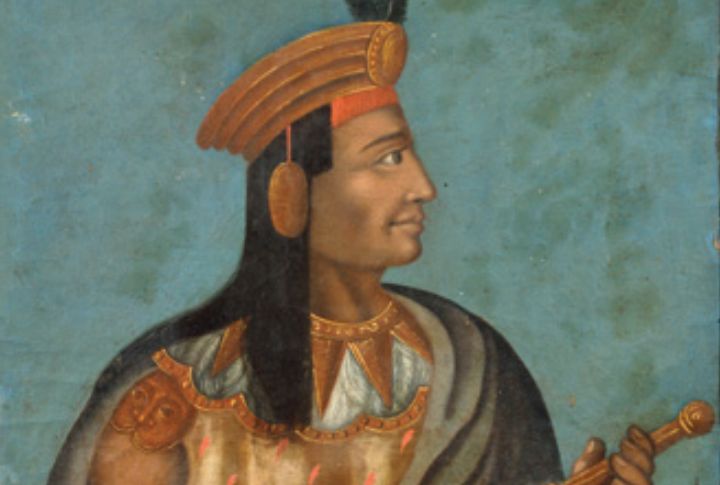
After luring Inca Emperor Atahualpa into a false meeting in 1532, Francisco Pizarro demanded a ransom in precious metals. When the gold was delivered, he executed Atahualpa anyway. This act dismantled Inca leadership and allowed Spain to seize control, beginning a brutal colonial legacy that devastated indigenous civilizations.
Christopher Boyce’s Leaks To The Soviets

Working as a defense contractor in the 1970s, Boyce accessed U.S. satellite intelligence and passed it to Soviet agents. He escaped prison, funded by bank robberies, and spent two years evading capture. His betrayal revealed how ideological disillusionment could upend national security from inside the wire.
Judas Iscariot And The Thirty Pieces Of Silver

Judas’ betrayal of Jesus remains a symbol of treachery two millennia later. For a small bribe, he identified Jesus to the Roman forces. Whether motivated by greed, politics, or disillusionment, his actions altered the foundation of Christianity and cast his name in perpetual infamy.
Dona Marina’s Role In The Fall Of The Aztecs
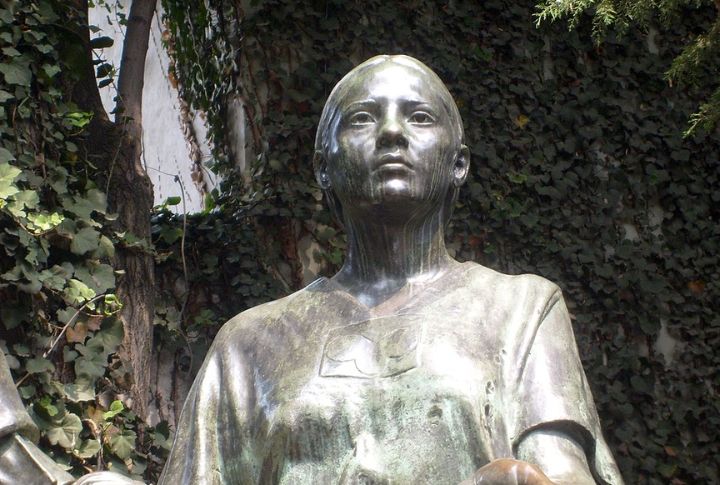
La Malinche, as she’s known in Mexico, interpreted for Hernan Cortes and facilitated key alliances against the Aztec Empire. Her fluency and strategic guidance helped Spain dismantle a powerful civilization. For generations, she’s been viewed with a complex mix of resentment, pity, and reverence.
Fritz Duquesne’s Double Life
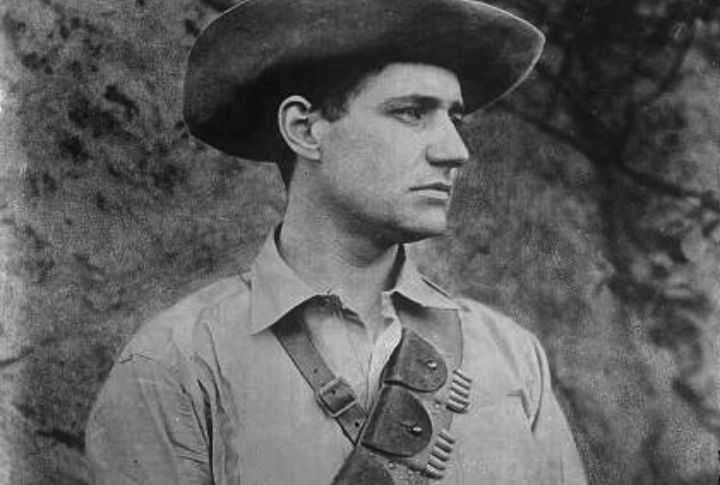
Duquesne worked as a journalist, soldier, and saboteur while secretly passing Allied secrets to Germany. The FBI’s 1941 takedown of his 33-member spy ring was the largest in U.S. history at the time. His network’s intelligence leaks seriously compromised British operations during both world wars.
Christiaan Snouck Hurgronje’s Colonial Espionage

Posing as a Muslim convert, Hurgronje gained access to Mecca and studied Islamic customs. He later advised the Dutch government on how to suppress uprisings in Indonesia, turning religious knowledge into a tool for colonial violence. His betrayal blurred the line between scholarship and subjugation.
Vidkun Quisling’s Treason In Norway
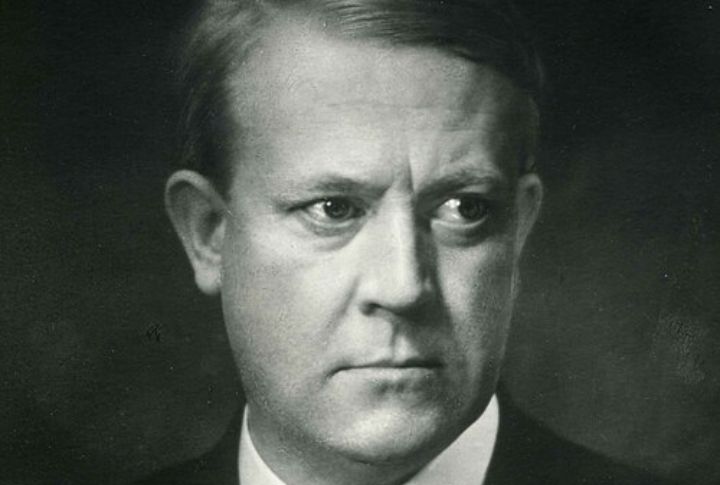
Quisling aligned himself with Nazi Germany during its invasion of Norway in 1940, declaring himself head of a puppet regime. His name became a synonym for betrayal throughout Europe. After the war, Norway executed him for treason, sealing his legacy as a national disgrace.
Wang Jingwei’s Defection To Imperial Japan
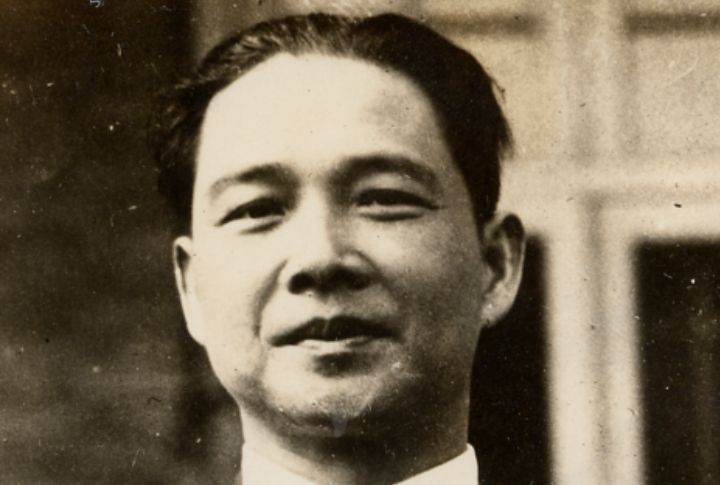
Once a key figure in China’s republican movement, Wang sided with the Japanese occupiers and headed their puppet regime in Nanjing. His cooperation fractured China’s wartime resistance. To this day, his name evokes anger and shame among many Chinese historians and citizens.
Benedict Arnold’s Plot Against The Revolution

Arnold once fought bravely for American independence but turned when passed over for promotion. His secret plan to hand West Point to the British failed, and he fled to their side. Though a skilled general, he’s remembered primarily as America’s original traitor.
Guy Fawkes And The Gunpowder Plot
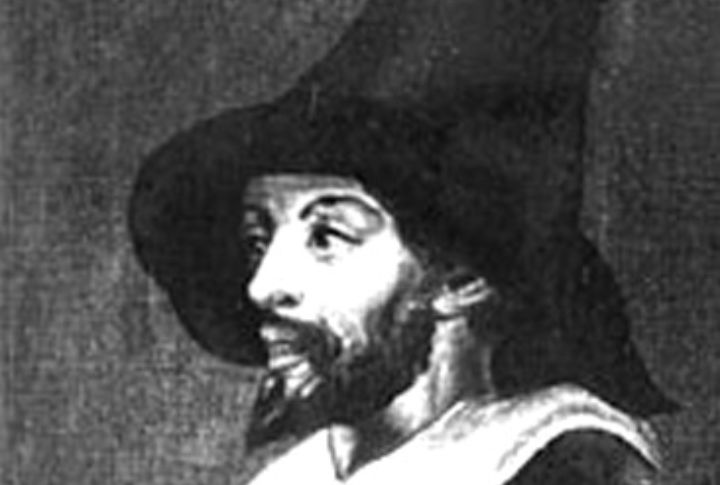
Fawkes joined a group of English Catholics hoping to assassinate King James I by blowing up Parliament. Caught with the explosives, he was tortured and executed. Though the plan failed, it led to stricter anti-Catholic laws. This turned his name into a symbol still recognized every November 5.
Ephialtes At Thermopylae
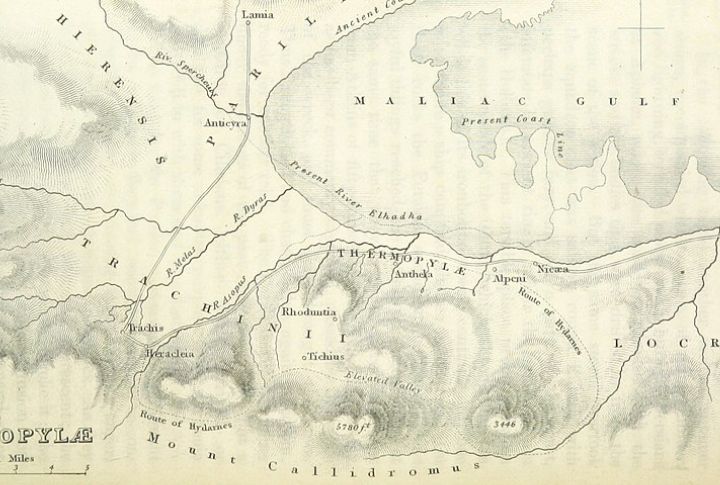
This Greek local exposed a mountain path to the invading Persians, allowing them to outflank King Leonidas’ forces. His betrayal ensured Sparta’s defeat at Thermopylae. The Greeks never forgave him; “Ephialtes” later became shorthand for nightmare in the Greek language.
Robert Hanssen’s Espionage For Moscow

As a senior FBI agent, Hanssen sold classified intelligence to Soviet and Russian handlers for over two decades. His leaks resulted in compromised operations and agent deaths. When arrested in 2001, officials called it one of the most damaging espionage cases in U.S. history.
Aldrich Ames And The Cia’s Great Breach

Ames accepted over $4 million from the KGB in exchange for sensitive American intelligence. The damage included dozens of compromised agents and significant setbacks to U.S. operations. His 1994 arrest shattered confidence in internal safeguards at one of the world’s most powerful spy agencies.
Mir Jafar’s Treachery At Plassey
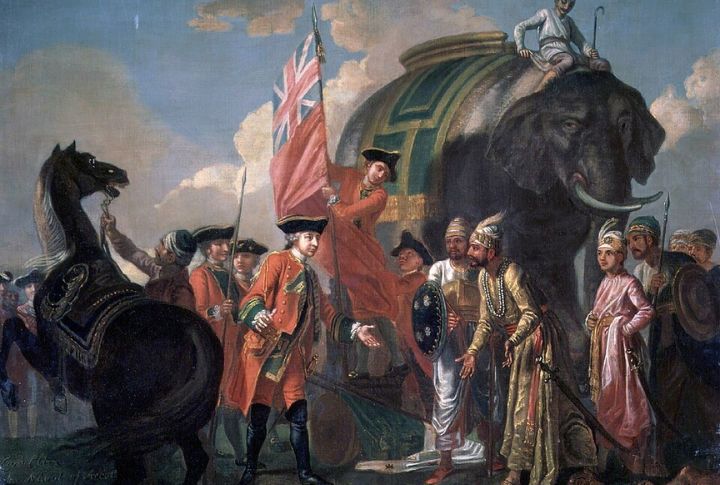
During the pivotal 1757 battle, Mir Jafar withheld his forces, allowing the British to defeat Nawab Siraj-ud-Daulah. In exchange, he became a puppet ruler under East India Company control. His actions marked the beginning of colonial British dominance in the Indian subcontinent.
The Rosenbergs’ Atomic Secret Scandal
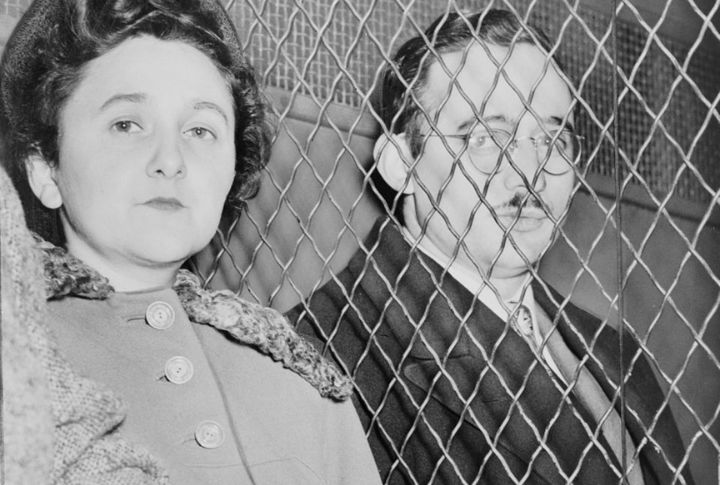
Convicted of leaking nuclear secrets to the USSR, Ethel and Julius Rosenberg were executed in 1953. Evidence against Julius was strong; Ethel’s role remains debated. Their trial polarized Cold War America and raised lasting questions about justice, loyalty, and political paranoia.
Diego De Almagro Vs. Francisco Pizarro
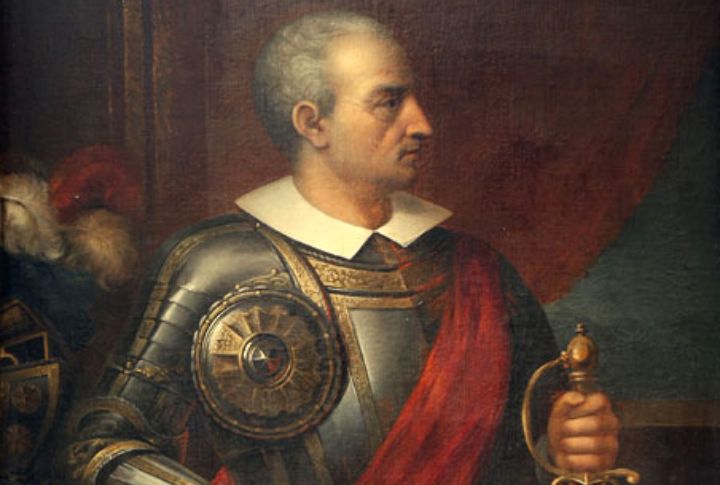
Once partners in conquest, Almagro turned on Pizarro over control of Peru. Their falling out led to open warfare between Spanish factions, culminating in Almagro’s execution. This betrayal underscored how colonial ambitions often consumed their architects.
Harold Cole’s WWII Double-Cross
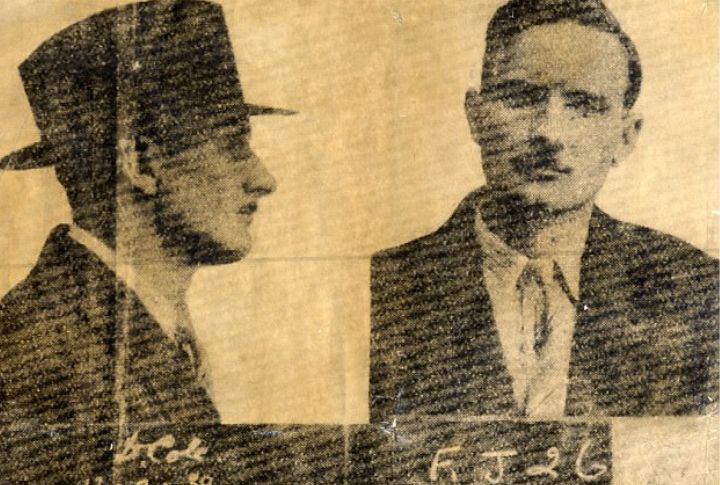
After working with Allied escape networks in occupied France, Cole defected to the Gestapo. His betrayal led to mass arrests and deaths. Tracked down after the war, he was shot while resisting arrest in 1946. His actions devastated trust within the Resistance.
Alfred Redl’s Espionage Before World War I
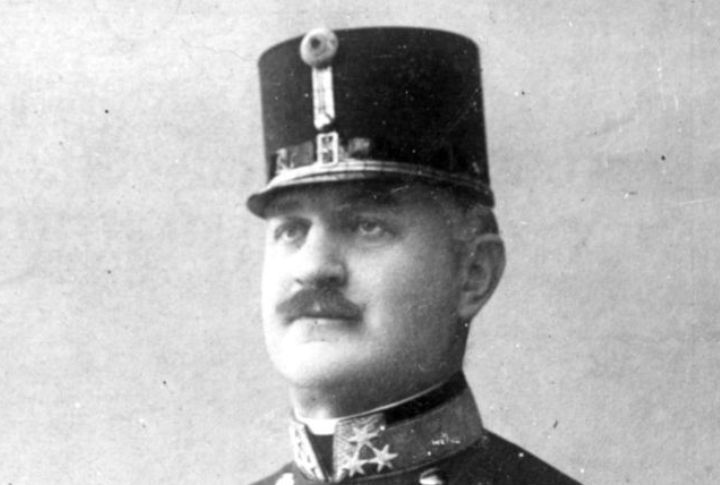
Redl, a respected Austrian intelligence chief, secretly sold secrets to Russia for years. His leaks undermined Austro-Hungarian strategy just as Europe edged toward war. Exposed in 1913, he died by suicide. Some historians argue his betrayal shaped the conflict before the first shots were fired.
Philby’s Betrayal From Inside British Intelligence
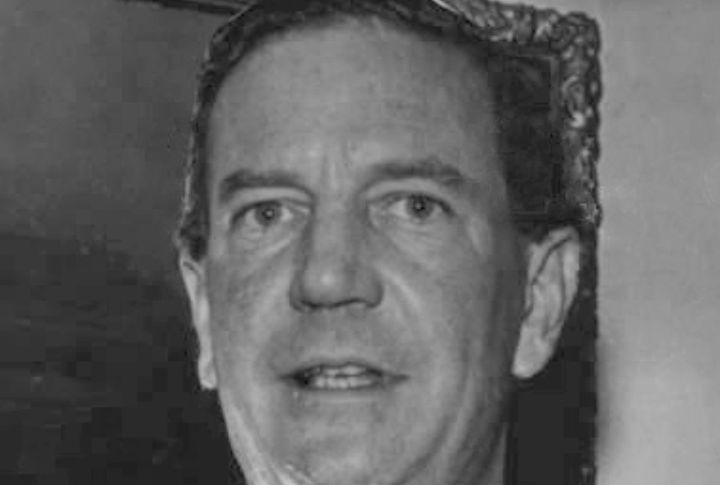
Kim Philby, once a top MI6 officer, secretly passed secrets to the Soviet Union for decades. As part of the notorious Cambridge Five, he exposed Western operations during the Cold War and derailed Allied missions. His deep-cover betrayal shocked British intelligence and redefined modern spycraft.
Brutus And The Assassination Of Caesar
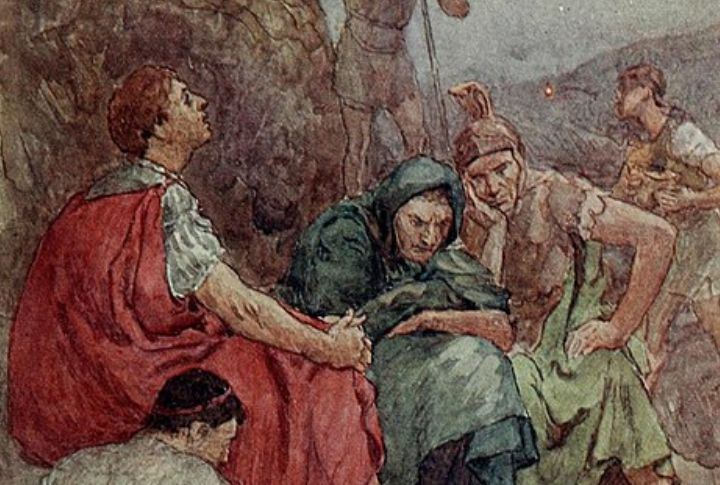
Marcus Junius Brutus, once a loyal confidant of Julius Caesar, joined the plot to assassinate him in 44 BCE. The betrayal wasn’t just personal—it threw Rome into civil war. Though framed as a defense of the Republic, it led to the rise of imperial rule under Augustus.

